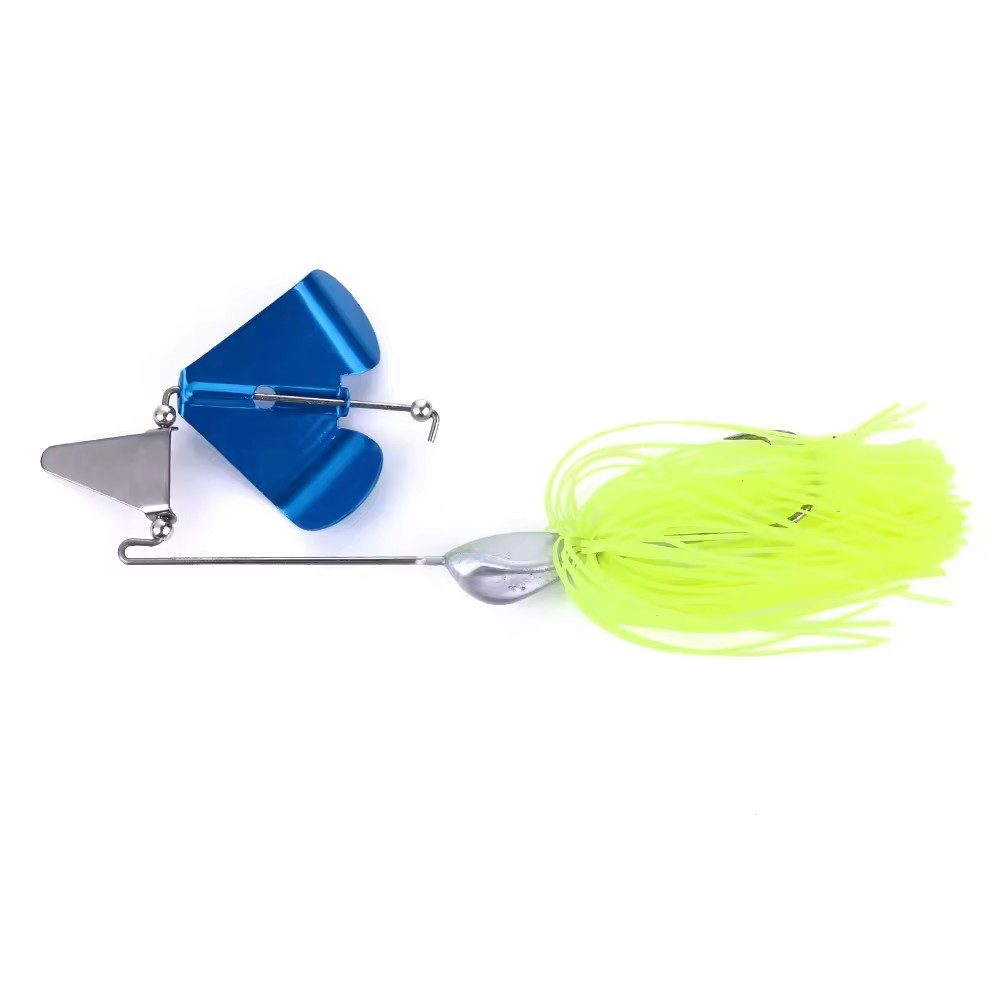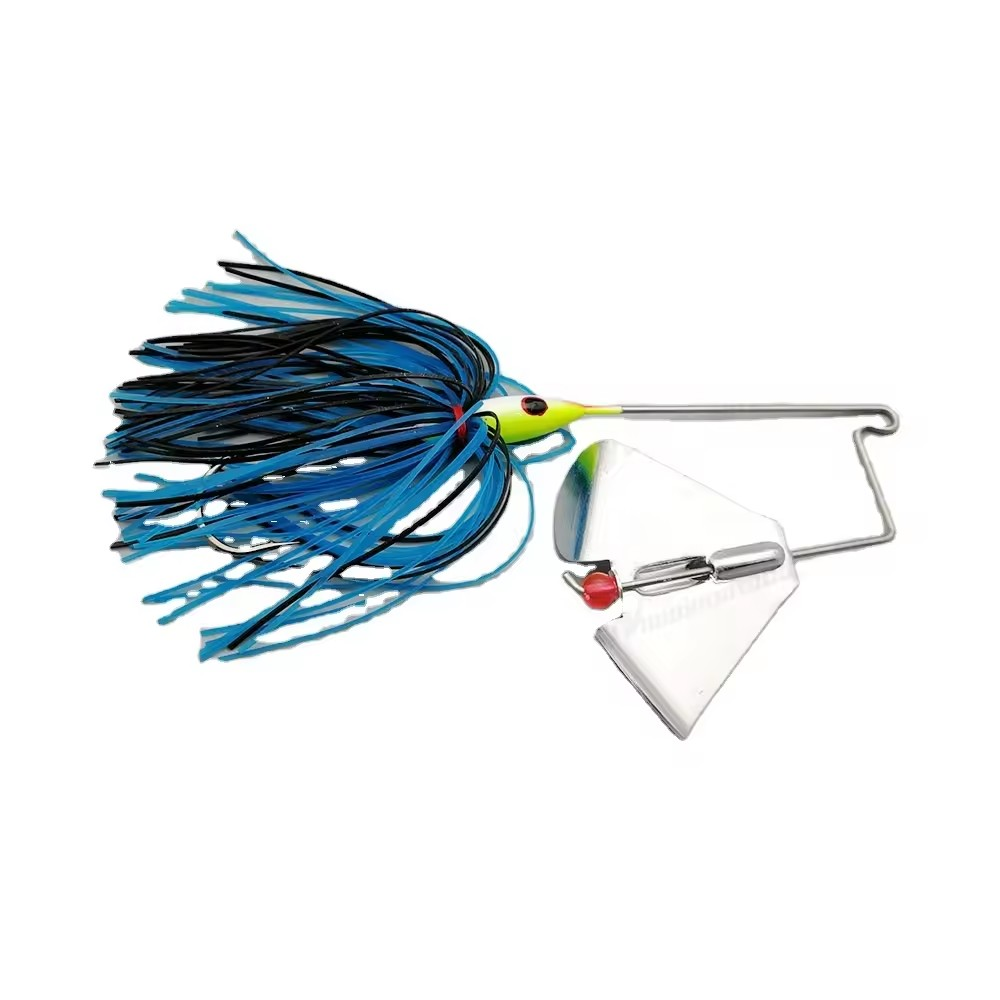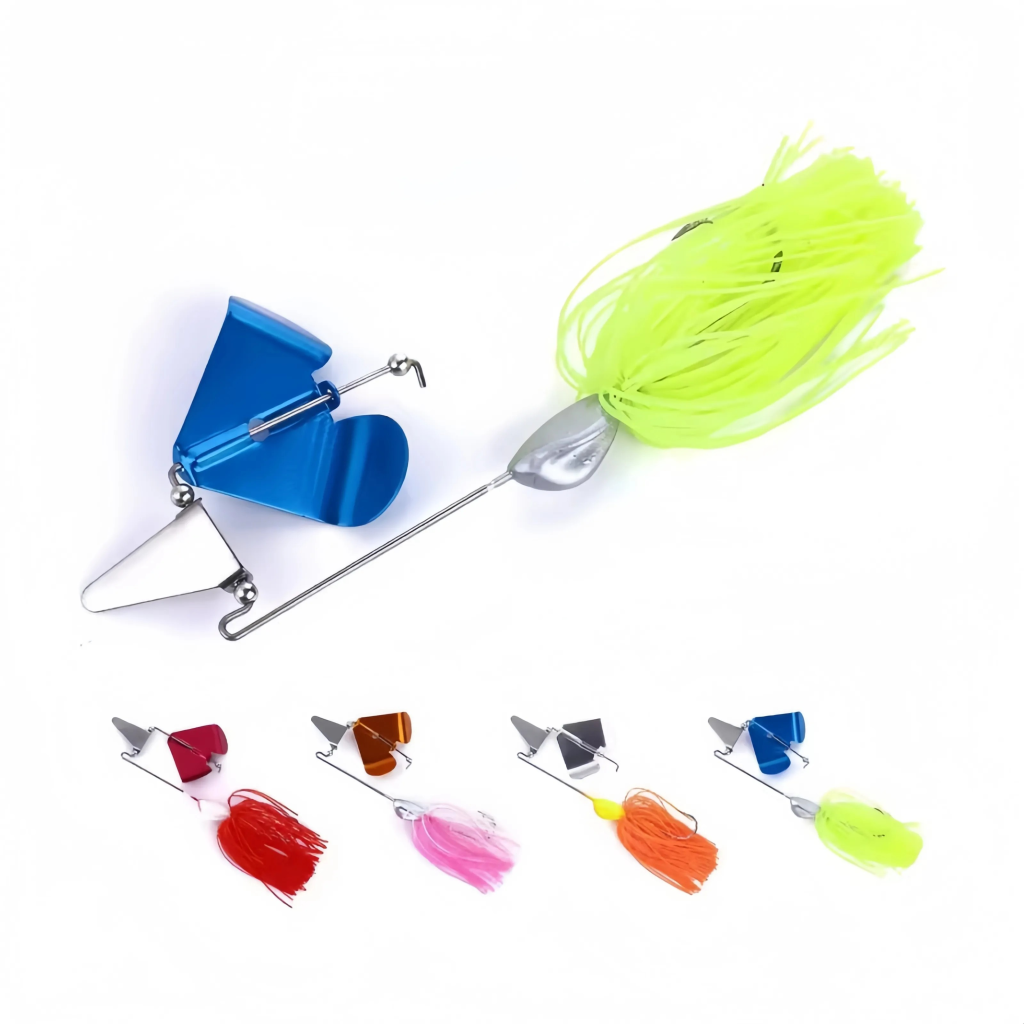Table of Contents
How to fish a swim jigs for bass:Introduction to Swim Jigs
A Swim Jigs is a type of tackle designed to mimic the movement of a baitfish in the water. They are particularly effective at attracting bass due to their realistic action and versatility in a variety of fishing conditions.
Choosing the right gear
Selection of rods and reels
Choosing the right rod and reel is critical when using Swim Jigs. A medium weight rod with a fast action tip is ideal. This gear provides both the sensitivity needed to detect fish bites and the backbone needed to hook the hook. Couple this with a high-speed bait reel (6.3:1 or better) to ensure a quick retrieve.
Line Options
Braided line (30-50 lb. test) is the preferred choice for swim jigs because of its strength and sensitivity. However, in clear water or when a more stealthy approach is needed, fluorocarbon line (15-20 lb. test) may be a better choice because it is less visible underwater.
Choosing the right Swim Jigs
Jig Head
The weight and shape of the Jig Head is critical. Lighter jigs (1/4 to 3/8 ounce) are good for shallow water and slow casting, while heavier jigs (1/2 to 3/4 ounce) are better suited for deeper water or fast casting. A pointed or bullet-shaped jig head helps the lure move smoothly through vegetation.
Skirt Material and Color
Skirt materials should be durable and flexible, mimicking creatures in bright colors. Silicone skirts are common due to their durability and color versatility. Natural colors such as green pumpkin, black and blue, and white are usually effective.
Trailers
Adding Trailers to swim jigs can enhance their appeal. Soft plastic dummy baits such as worms and frogs can add bulk and movement. Matching the color of the trailer to the skirt of the jig can give it a coordinated look.




Where to Use Swim Jigs
Shallow Water
In shallow water, Swim Jigs are effective around docks, moorings and underwater vegetation. Cast parallel to structure and reel in at a steady rate.
Deep Water
In deeper water, use heavier jigs. Allow the lure to sink to the desired depth before beginning to reel in.
Vegetation and Structure
Swim Jigs perform well in areas with cover. Their compact design allows them to navigate through grass, ruffles and reeds and minimize hook snags. Focus on edges and small areas of vegetation where bass may ambush prey.
Tips for using Swim Jigs
Stabilize the retrieve
Stabilizing the line is the easiest technique. Cast out, let the jig sink to the desired depth, and then reel in the line at a steady rate. This mimics fish to attract bass and can trigger an active bass strike.
Walk-and-stop.
The walk-stop technique involves intermittent pauses while reeling in the lure. This mimics an injured baitfish and can entice a hesitant bass to strike.
Bouncing
Bouncing is a technique that involves lifting the top of the rod so that the lure jumps off the bottom of the water or through vegetation. This irregular motion can provoke a bass to strike back.
Seasonal Strategies
Spring
In the spring, bass are often found in shallow water ready to spawn. Use lighter tackle and fish near spawning beds, shallows and creek channels.
Summer
During the summer, bass move to deeper, cooler waters. Use heavier tackle and target areas with cover. Early morning and evening fishing is best.
Fall
In the fall, bass actively feed in preparation for winter. Maintain a steady pace when fishing shallow to mid-depth water. Focus on baitfish schools and areas with lots of cover.
Winter
Winter bass are slow moving and will usually cling to cover. Fish slowly and delicately with lighter tackle.
How to fish a swim jigs for bass:Tips and tricks for success
KNOW YOUR LOCAL FISH: Choose jig colors and trawls that resemble local baits.
Use different techniques: Try different retrieve speeds and techniques until you find something that works.
Stay patient: Swim Jigs require patience, especially in poor conditions. Keep trying different spots and techniques.
Pay attention to details: Small details such as tackle color, trailer size and line choice can make a big difference.
Common mistakes to avoid
Fishing too fast: In colder waters, slow down to give bass more time to strike.
Neglecting to troll: Trolling adds critical action and shape to your tackle. Don’t overlook its importance.
USING THE WRONG GEAR: Make sure your rods, reels and lines are suitable for trolling swim jigs to maximize efficiency and success.
Conclusion
How to fish a swim jigs for bass. By choosing the right gear, the right tackle and effective techniques, you can increase your chances of success. Whether you’re fishing shallow or deep, in clear or murky water, the versatility of swim jigs makes them a powerful tool in any bass angler’s arsenal. Stay patient, try different strategies, and enjoy the thrill of catching bass on a swimbait.
We are a Chinese fishing tackle manufacturer with 18 years of experience, we are able to meet any of your fishing and tackle sourcing and customization needs, please feel free to contact us! Please submit the form and our team will contact you shortly!
